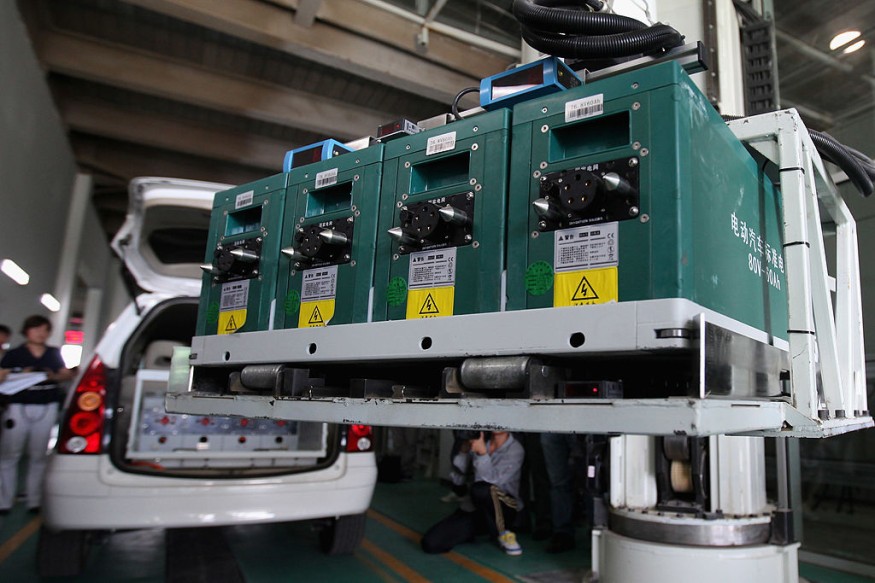
A research team from the Technical University of Munich (TUM) has produced a highly effective supercapacitor based on a novel, sustainable and strong graphene hybrid material with performance results reportedly comparable to those currently used by batteries.
Their loss of energy density has been a common issue for supercapacitors to date. Although lithium accumulators' energy density is up to 265-kilowatt hours, supercapacitors have only been able to produce a fraction of that so far. Supercapacitors' modern, efficient, and renewable graphene hybrid material has now been produced by a team collaborating with TUM's Roland Fischer. It acts as a positive electrode in the unit for energy storage. The researchers are mixing it with tested titanium and a carbon-based negative electrode.
The team states that the new energy storage unit not only reaches an energy capacity of up to 73 Wh/kg. That is nearly equal to the energy density of a nickel-metal hydride battery. However, the energy type still does significantly better at a power density of 16 kW/kg than any other supercapacitors. The latest supercapacitor's key is mixing multiple components, which is why chemists refer to the supercapacitor as asymmetrical.
The experts published their study in the journal Advanced Materials.
Sustainable material means high performance
Researchers are banking on a modern solution that utilizes composite materials to solve traditional materials' efficiency limitations. Nature is full of extremely dynamic, hybrid materials that are evolutionarily optimized-bones and teeth are instances. Roland Fischer said nature refined the mechanical properties they used with the combination of different materials.
The researchers used the novel positive electrode of the chemically engineered graphene storage cell as the foundation. They paired it with a nano-structured organic metal frame, a so-called MOF.
Graphene hybrids demonstrated a large specific area and controllable pore sizes, and strong electrical conductivity. The material's high-performance capabilities are based on the combination of conductive graphene acid with microporous MOFs, states study lead author Jayaramulu Kolleboyina.
For supercapacitors, a broad surface region is necessary. It enables many charge carriers to be collected inside the material, which is the fundamental concept of electrical energy storage.
Long stability

The researchers accomplished the feat of connecting the graphene acid with the MOFs by skillful material design. As positive electrodes in a supercapacitor, the resulting hybrid MOFs have a very wide inner surface of up to 900 square meters per gram and are highly effective.
That is not the only gain of the new content, though. One requires good chemical bonds between the components to deliver a chemically stable hybrid. According to Fischer, the bonds are obviously the same as those between amino acids in proteins. He said they had linked graphene acid to MOF-amino acid.
In terms of long-term reliability, the secure relationship between the components has tremendous advantages: the more stable the bonds are, the more charging and discharge cycles are feasible without substantial impairment of efficiency.
For instance, the useful life of a classic lithium accumulator is about 5,000 cycles. Even after 10,000 cycles, the TUM researchers' new cell retains close to 90 percent capacity.
Fischer stresses how important the production of modern supercapacitor has been to international cooperation. The specialist added that they have also partnered with specialists in electrochemistry and battery science in Barcelona and experts in graphene derivatives in the Czech Republic and have integrated collaborators in the USA and Australia.
Check out more news and information on Energy on Science Times.
© 2026 ScienceTimes.com All rights reserved. Do not reproduce without permission. The window to the world of Science Times.










